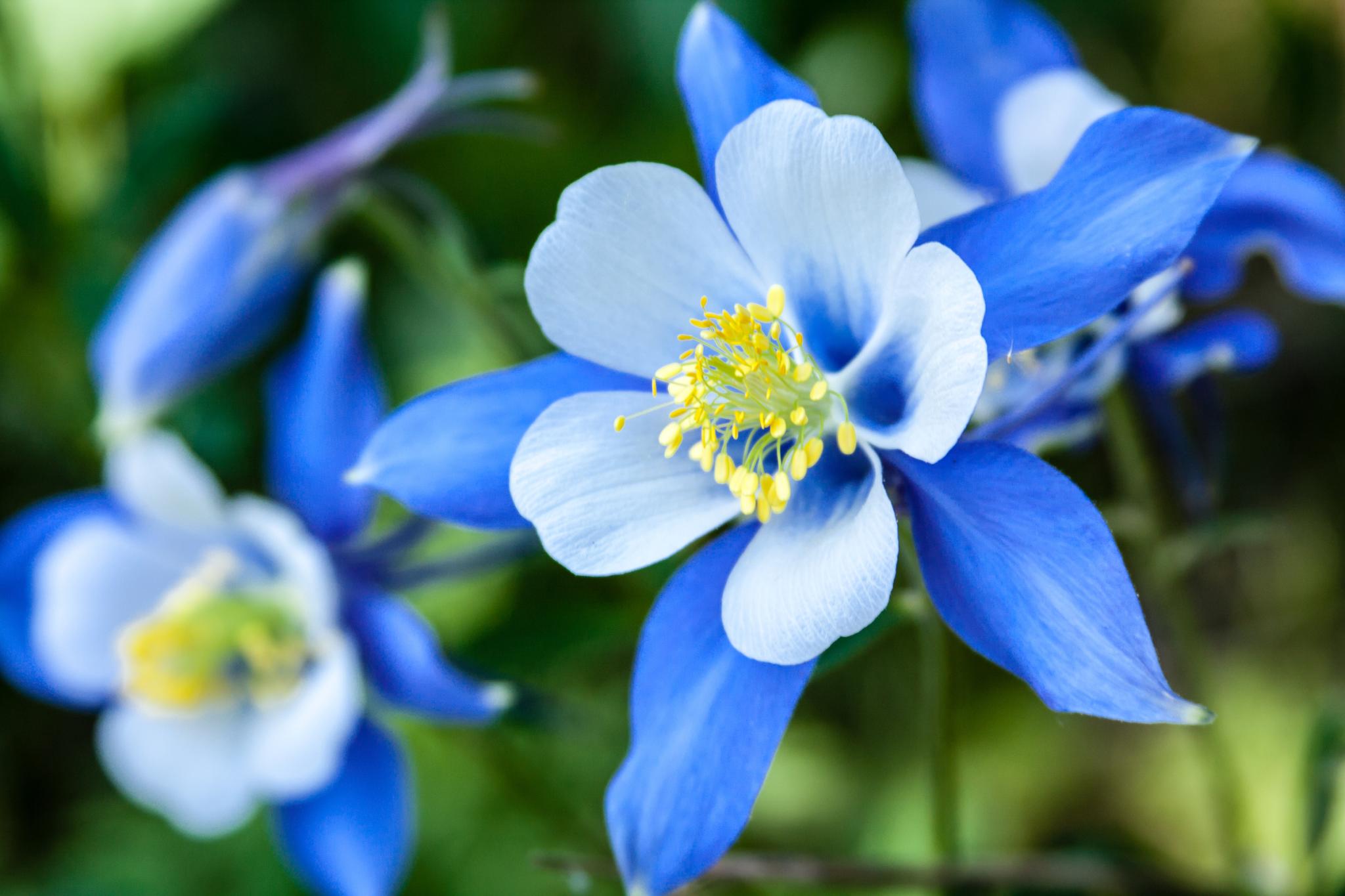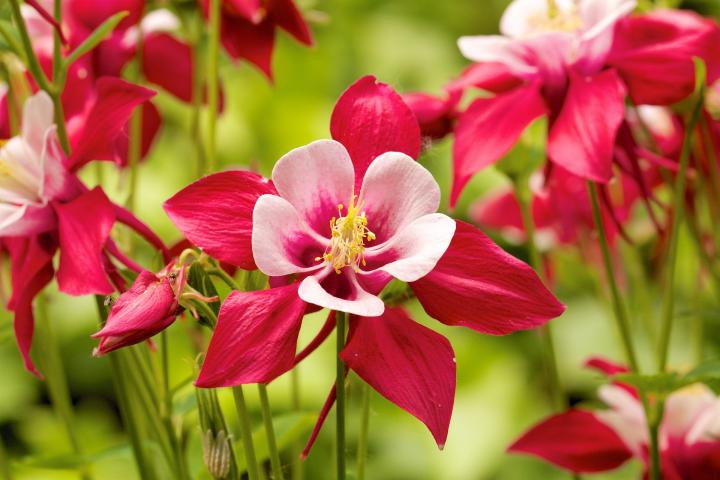
Planting, Growing, and Caring for Columbines
Read Next
Types
Among the more than 70 species of columbine, these are the favorites to cultivate:
- Native eastern red columbine (Aquilegia canadensis): pale, pink to blood-red and pink/yellow flowers that point upwards
- ‘Corbett’: pale yellow flowers; resistant to leaf miners; dwarf variety, 1 to 1-1/2 feet tall
- ‘Little Lanterns’: red and yellow bell-shape flowers; resistant to leaf miners; compact, 10 inches tall
- ‘William Guiness’ European columbine (A. vulgaris): stunning dark purple petals with white on sepals; bushy; 24 to 30 inches tall
The Swan series includes bicolor, midsize (16- to 22-inch) hybrids excellent for cutting when half open …
- ‘Swan Pink and Yellow’: Soft pink outer petals with pastel yellow inner petals.
- ‘Swan Red and White’: Red outer petals with white inner petals.
Gardening Products
Hi Jessica,
Columbines are not the easiest of plants to transplant/divide and it is best to attempt in the late summer/fall after all the flowers and foliage have faded or in the spring as new growth starts to emerge.
Columbines tend to have deep tap roots so if you must remove them from the current location, you need to dig a large circle around the base and deep enough to retain all of the roots. Failure to do so can cause your plant to suffer.
Given the fact you are moving and your window for removal may not align with the best times to transplant, you can certainly try to remove it from the ground and plant in a container with quality potting mix, but there is no guarantee it will survive.
- « Previous
- 1
- 2
- …
- 10
- Next »












Comments